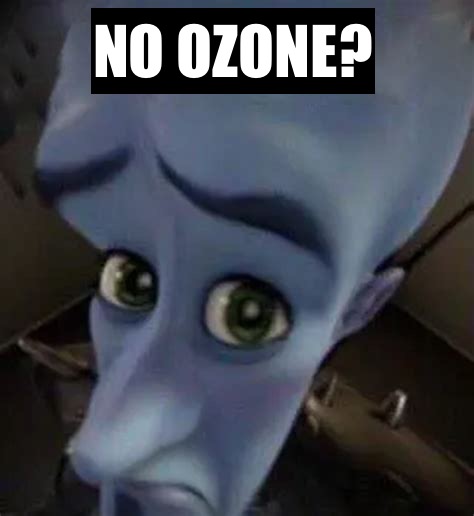the sphere of atmos 🔮
1/25
Earn XP
Description and Tags
weeeeeeeeeeeeeeeeeeeeeeeeeeeeeeeeeeeeeeeeeeeeeeeeeeeeeeeeeeeeeeeeeeeeeeeeeeeeeeeeeeeeeeeeeeeeeeeeeeeeeeeeeeeeeeeeee
Name | Mastery | Learn | Test | Matching | Spaced |
|---|
No study sessions yet.
26 Terms
What human activities have disrupted the atmosphere?
Deforestation
Combustion
Release of toxic chemicals e.g. CFCs
Temperature in the atmosphere
troposphere: temp decreases w altitude as IRR reflected from earth’s surface decreases
stratosphere 20K: more UV absorbed by ozone further up - increased temp w altitude
mesosphere 55K: fewer particles as u go up = lower temp
thermosphere 90K: outer atmosphere absorbs some UV - more at outermost layers = increased temp w altitude
Greenhouse effect
UV radiation reflects off earth surface
most escapes, some absorbed by greenhouse gases and re-emitted as IR which heats up earth there you go :)
How does the atmospheric circulation help maintain life-sustaining temperatures?
Transfers heat from the equator to the rest of the planet, due to evaporation of water at equator.
Importance of ozone?
deflects most high energy UV from reaching Earth’s surface
How is ozone formed? How does this exemplify a dynamic equilibrium?
UV hits O2, splits off an atom, which forms O3. Then more UV splits the ozone molecule, but it reforms again
= stable, fluctuating number of ozone and oxygen molecules in the atmosphere
3 types of UV radiation
A type - big boi - not absorbed by o3 or o2
B type - average ahh - almost fully absorbed by o3
C type - short arse - completely absorbed by o2 and o3 which is good cos it’d be fucking dangerous otherwise
why do we use CFCs
they’re easily liquified
they dissolve grease but don’t damage electric components
they aren’t flammable or toxic
thus used in aerosols, pesticides, refrigerants
why are CFCs dangerous
stable enough to get to stratosphere
release halogens when hit w UV
halogens HIGHLY reactive (free radical) so react w o2 instead of an o = no o3

what does UV radiation cause in ecological systems/
damage to photosynthetic organisms, especially PHYTOPLANKTON
what was the Montreal protocol
1987 - banned CFCs, to be replaced with hydrocarbons . apparently supervised by UNEP
what did national govs do
made laws and regs to decrease consumption and production of CFCs
How is tropospheric ozone formed?
O2 reacts w oxygen atoms released from NO2 from cars
5 effects of tropospheric ozone?????
highly reactive
damages plants
irritates eyes
creates RESPIRATORY ILLNESSES
damages fabrics and rubber
what is smog
A complex mix of primary and secondary pollutants, mainly tropospheric ozone
What 4 factors affect smog frequency and severity?
population density
topography
climate (wind)
fossil fuel usage
What is a thermal inversion? How do they affect air pollution?
An area of high pressure (could be caused by an anticyclone) pushes air in the upper troposphere downwards. As it does so, it heats up, and traps the air beneath it.
an inversion because normally the hot air is below
thus pollutants build up rather than being dispersed, as happened during the Great Smog
Why can smog reduce economic output? Example of this?
it KILLS PEOPLE bro in London 12000 DIED and there were HOSPITALISATIONS TOO 😦
5 ways to manage smog
reduce car usage - e.g. ULEZ
move factories away from cities
establish regulations on pollution quality - e.g. UK Clean Air Act
install catalytic converters - absorb some NO2
grow more trees/plants in the city to absorb pollutants 🌳
Where may dry deposition of sulphur dioxide and nitrous oxide molecules occur? As what?
Near to the source of acidic substances - as ash, small particulates
Where may wet deposition of sulphur dioxide and nitrous oxide molecules occur? As what?
Longer distances from the source - as acid rain.
Thus, downwind areas of major industrial regions are most strongly affected by acid rain.
Name 2 direct effects of acid deposition
Weakening tree growth in coniferous forests
Acid falling on lakes/ponds decreasing pH
Name 2 indirect effects of acid deposition?
Toxic effects: e.g. increased solubility of metal ions like aluminium which is toxic to fish & plant roots
Nutrient effects: e.g. leaching
Name 4 specific effects of acid deposition in coniferous forests and their 3 consequences
Leaves and buds lose chlorophyll, are damaged in the form of lesions, and their wax cuticles thin
Symbiotic root microbes are killed, greatly reducing nutrient availability
Reduces ability of soil particles to hold onto nutrients, which are then leached out
Releases toxic aluminium ions from soil which then damage root hairs
Reduces growth
Allows nutrients to leach out the plants and wash away
Allows pathogens and insects to gain entry
How does acid deposition affect aluminium?
Soil pH decreased, making aluminium more soluble
Aluminium released: ends up in freshwater habitats
How does aluminium affect fish at low and high concentrations?
LOW CONCENTRATION: Aluminium disturbs salt and water regulation in fish
Fish gasp for breath and slowly lose salt - die
HIGH CONCENTRATION: solid formation on gills
suffocation - die